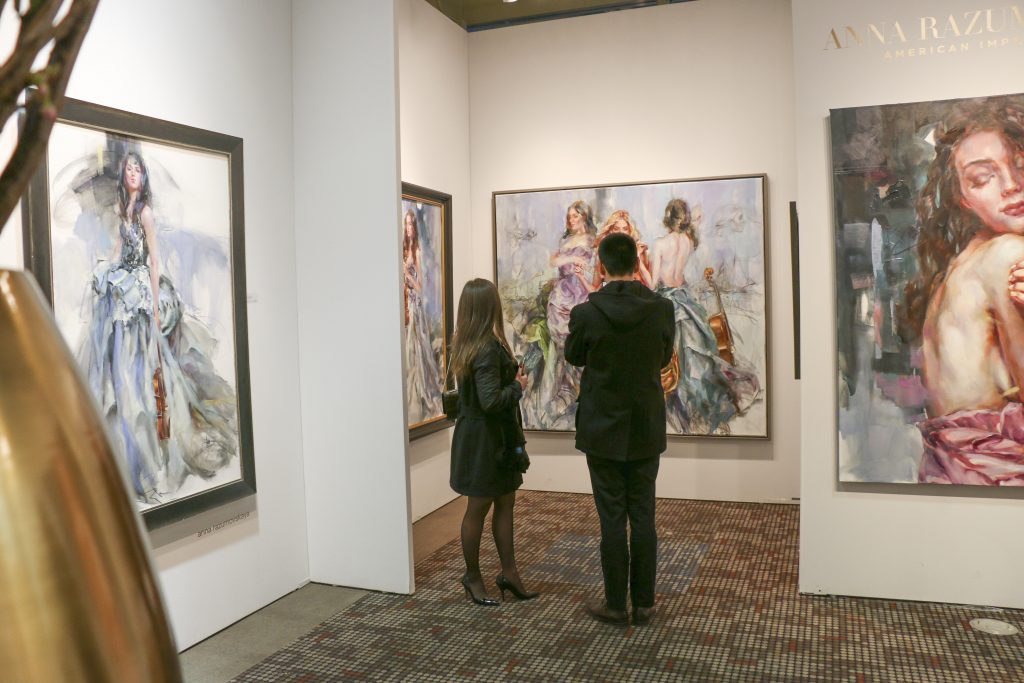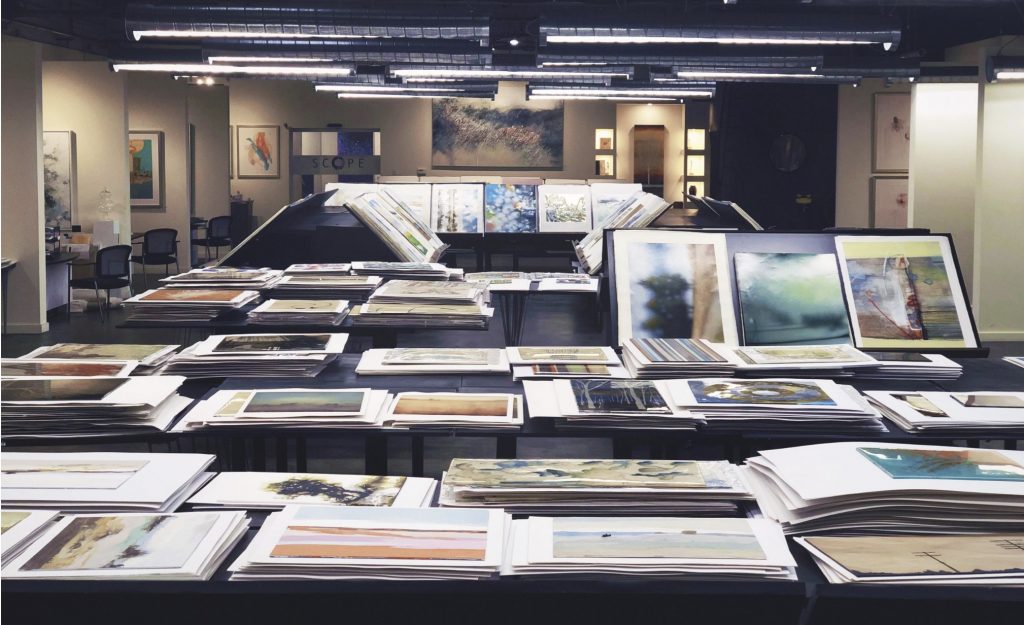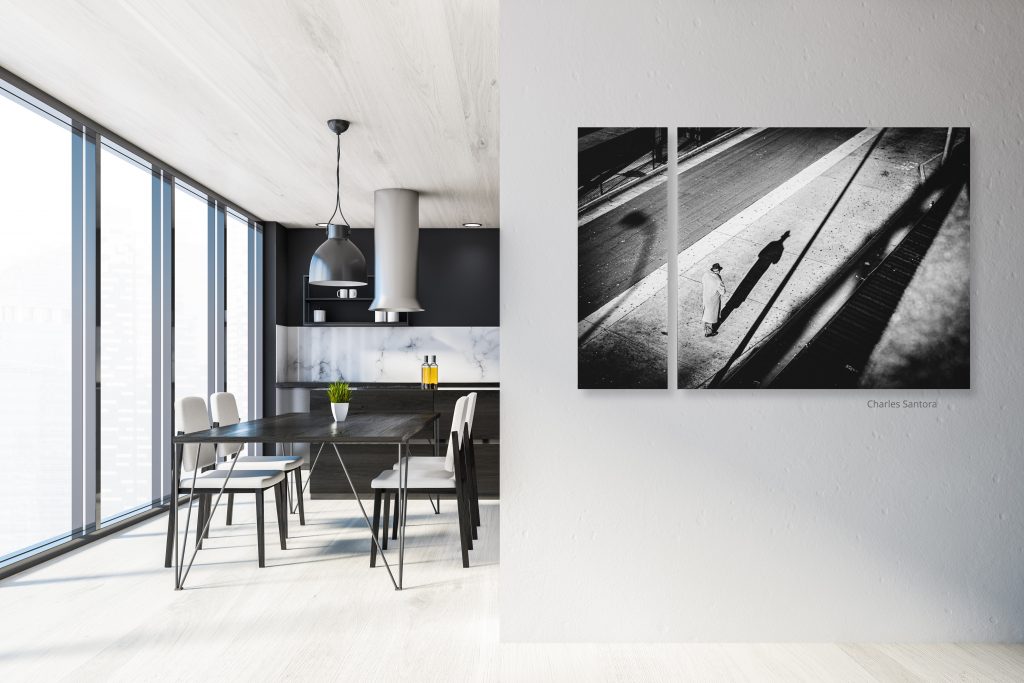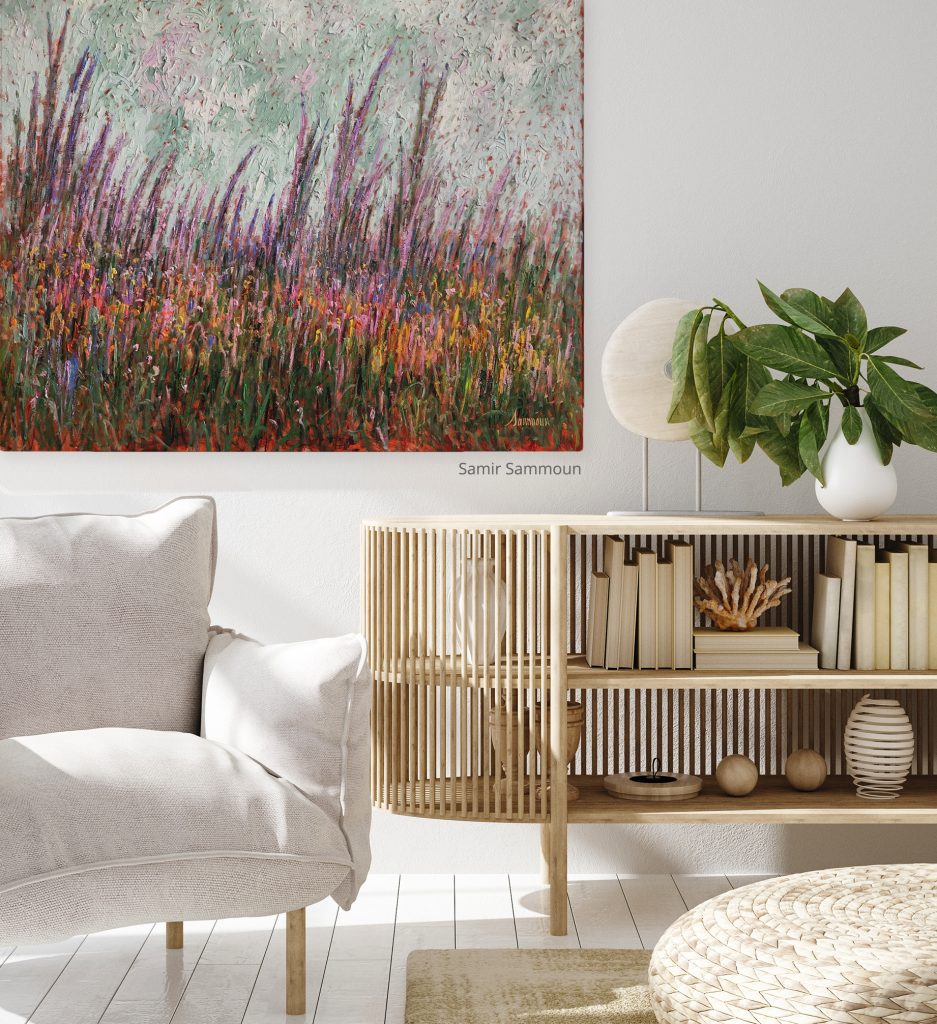Maximizing trade sales to broaden your distribution and give you more time to create art
The traditional way of selling art through brick-and-mortar gallery works. But if you find yourself creating marketing materials, building websites, packing boxes, and accounting for your sales when you’d rather be painting, sculpting, or blowing glass, then it’s time to consider selling to the trade.
Also known as wholesaling, selling to the trade is commonplace in the commercial marketplace, and it’s been around for decades among fine artists who see it as a means of expanding their reach and collector base. And in today’s marketplace, it can provide income via multiple distribution channels.

Instead of relying on their own sales and gallery consignments, successful artists have entered the world of wholesale and are building a distribution network of publishers, gallerists, dealers, consultants, decorators, and designers who provide a professional skill set in dealing with the art world, from marketing and selling to packing and shipping. And today, online marketplaces have become another means of expanding your distribution.
The more places your art is on display, the better chances it has of it selling. So let’s look at four types of art industry trade distribution and what they typically charge for services.

PUBLISHERS
An art publisher is not unlike a book publisher. A book publisher (think Simon & Schuster) manages the careers of many writers, while an art publisher manages the careers of many artists. Not only does an art publisher provide operational, promotional, and financial guidance, but also, and perhaps most importantly, a publisher maintains a client list of galleries and retailers around the world in which to sell the art they “publish.”

A typical art publisher needs to buy at a deep discount so they can sell the art wholesale to a retailer (i.e., a gallery owner). For instance, if the retail price of a piece is $5,000, the retailer will expect a discount of 50/10, which means the publisher usually asks for a discount of 50/50/20: $5,000 less 50 percent is $2,500 less 50 percent is $1,250 less 20 percent is $1,000.

This is a wonderful relationship for artists who can paint quickly. Let’s say you can paint 100 pieces annually. How many can you sell on your own? Not many. However, the publisher’s distribution network of dealers, galleries, and trade professionals does the selling for you, leaving you with more time to paint.

GALLERISTS AND DEALERS
Otherwise known as gallery owners or art dealers, they account for 51 percent of art sold annually. Gallerists and dealers are the business side of the industry, acting as the retailer, curator, accountant, marketer, and sales team all in one.
“It’s not an easy business,” says Eric Smith, president, and CEO of Redwood Art Group. “When you’re dealing with a gallery owner, I encourage you to work with them, create a long-term relationship. They are your partner, and you never bite the hand that feeds you.”

Gallery expenses include rent, power, sales commission, advertising, marketing, events, and more, so a typical gallery needs to buy or consign the work at 50/10 to 50/20. On a $3,500 piece, this translates to $3,500 less 50 percent is $1,750 less 10 percent is $1,575, less 20 percent is $1,400.
Also remember, when you work with a gallery, your distribution is almost always limited to the area they occupy in order to protect your relationship. Even if the gallery is in Los Angeles or New York, you’re still relying on foot traffic — so be patient.
DESIGNERS AND DECORATORS

Interior designers and decorators can be a significant source of distribution for some artists, and they often don’t take as large a piece of the pie. That’s because designers and decorators are not guiding or assisting you; they are simply selling directly to their client — the collector. You have to be out there in order to connect with the designer or decorator, so you’ll still have to capture the image of the piece, post it on your website, and provide the marketing.

Typically, a designer works on a 25 to 30 percent margin. For instance, if the sale price of a painting is $4,000, you’ll receive anywhere from $2,800 to $3,000 for the piece. Then they resell it to their client for the full price or maybe slightly more.

ONLINE PLATFORMS
Selling online has become a mainstay for many artists, whether on their own website or in affiliation with one of the many online platforms. Of course, selling directly from your website or your own social media platforms gives the potential of interacting directly with buyers, creating a relationship much like you would do at an art fair or gallery opening.
Having your own site gives you complete control over presentation and sales, but the challenge is having a well-designed website that’s easy for search engines to rank. Merely uploading your work on your website won’t get you noticed. You’ll need to have an aggressive marketing plan of blogging, emailing, and social media to engage followers and potential buyers.
You might choose to partner with a platform like SaatchiArt, DeviantArt, or Redwood Art Marketplace. Each of these platforms markets aggressively and manages the sales process entirely. You can expect them to take between 35 to 40 percent of the sale. If your work sells for $2,500, you’ll receive between $1,500 and $1,625 for it.
PATIENCE PAYS OFF
We like the way this quote from Cory Huff, CEO and Founder of The Abundant Artist, sums it all up: “The final decision on what to do and how to do it comes down to you as the artist. It’s your work and your life. Artists remake new markets and forge ahead into areas that others can’t see. That’s what makes artists unique and interesting. As with any business strategy, the best strategy to selling art is the one you can maintain. Be patient. Take some time and plan out your strategy. And, most importantly, give yourself room to have fun and experiment.”
LEARN MORE
You can learn more about selling art in the art industry’s wholesale marketplace at the Topics & Trends Educational Series seminars at Artexpo New York, running November 18-21, 2021, at Pier 90 in Manhattan.
For more information on Redwood Art Group’s fairs and how Redwood can help you develop your career and grow your business, visit https://redwoodartgroup.com/.
About the author:
Linda Mariano is the Editor-in-Chief for Art Business News and Managing Director of Marketing for Redwood Art Group. With a career that spans 30 years, Mariano is a leader in marketing, brand management, e-commerce, and promotion initiatives for major retailers, specialty retail, art industry, licensing partnerships, media, and entertainment, as well as entrepreneurial business environments. For Redwood Art Group, Linda oversees the marketing and brand extension efforts of the company.
All photos courtesy of Redwood Art Group.





